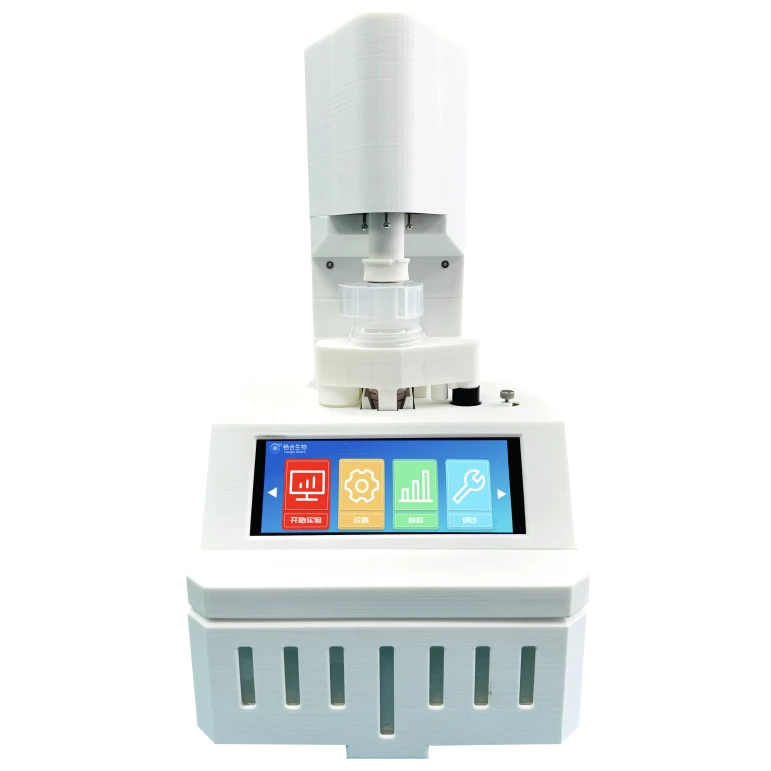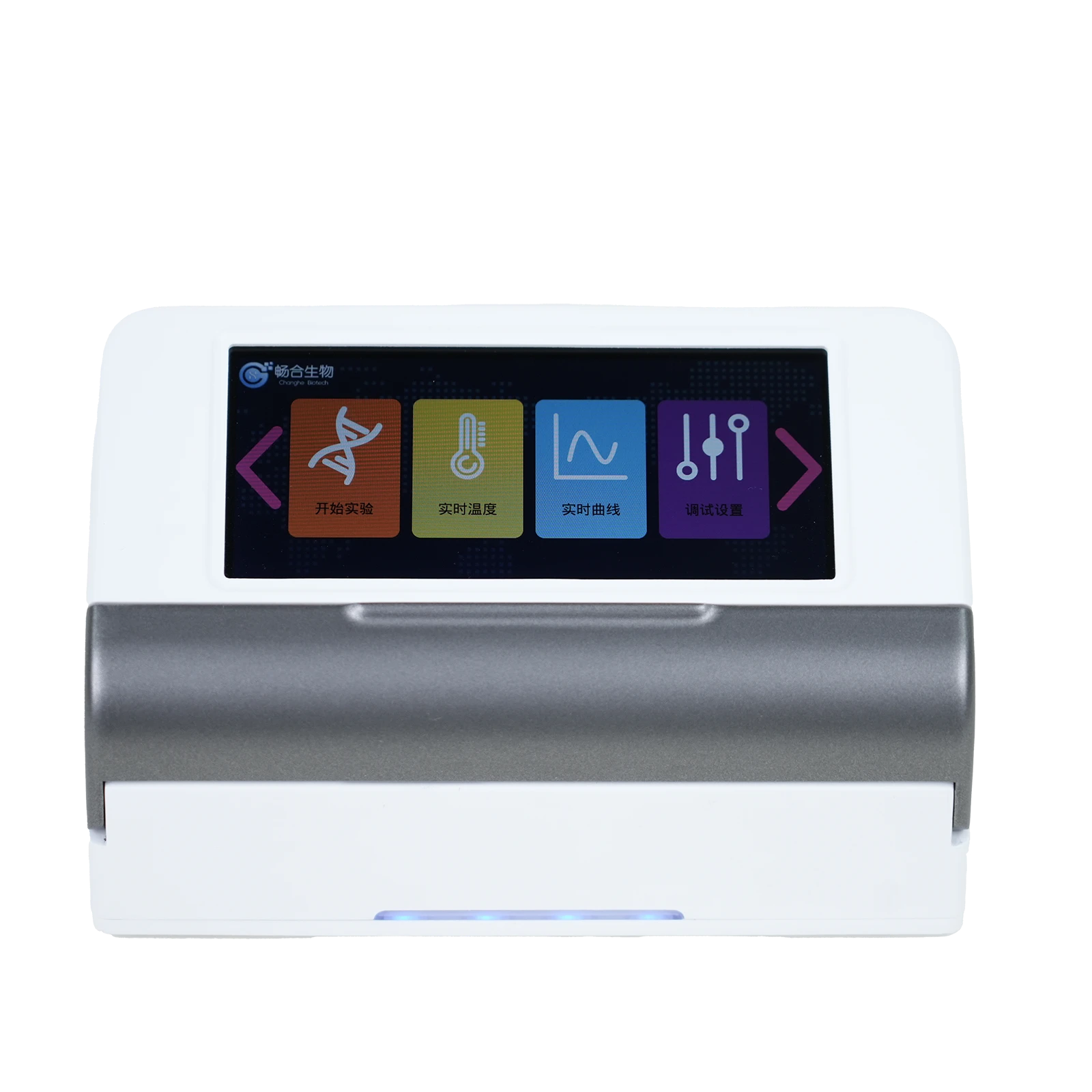
Mini PCR
Jan . 23, 2025 04:42
Back to list
Mini PCR
Optimizing Your PCR Plate Selection Enhancing Laboratory Efficiency and Precision
For real-time PCR applications, optical clarity is another feature with significant bearings. Plates with superior optical transparency ensure accurate fluorescence detection, which is crucial for quantitative PCR analysis. This requires the plate to have a clear, smooth surface to minimize light scattering and maximize data precision. Evaluations from multiple laboratory settings have confirmed that high optical clarity correlates directly with improved data accuracy in quantitative analyses. Considerations for Plate Density and Format The choice between 96-well and 384-well formats significantly impacts throughput and efficiency. While 96-well plates are standard and allow for larger reaction volumes, 384-well plates cater to high-throughput needs with reduced reagent use, thereby lowering cost per reaction. Some laboratories employ smaller reaction setups using 384-well plates to increase sample throughput without sacrificing data quality, making them ideal for large-scale studies. Adaptability with Automated Systems Modern laboratories frequently rely on automation for high-throughput assays. PCR plates designed with automated workflows in mind feature uniform skirted frames and optimal rigidity to ensure compatibility with robotic liquid handlers. Additionally, this adaptability enhances consistency and minimizes human error in pipetting protocols, crucial for large-scale genetic studies and diagnostics. Sustainability and Environmental Considerations With increased focus on sustainable laboratory practices, the environmental impact of PCR consumables is under scrutiny. Many manufacturers now offer recyclable PCR plates or plates made from renewable resources. Balancing experimental need with environmentally conscious choices can be achieved without compromising performance, thereby aligning laboratory operations with broader ecological sustainability goals. In conclusion, PCR plates may seem like peripheral components, yet they fundamentally affect the accuracy, efficiency, and integrity of molecular biology experiments. By making informed selections based on material properties, design features, and compatibility with modern laboratory technologies, laboratories can significantly enhance their PCR results. Employing these best practices not only improves experimental outcomes but also supports a sustainable and efficient research environment, reflecting a high level of trustworthiness and credibility within the scientific community.


For real-time PCR applications, optical clarity is another feature with significant bearings. Plates with superior optical transparency ensure accurate fluorescence detection, which is crucial for quantitative PCR analysis. This requires the plate to have a clear, smooth surface to minimize light scattering and maximize data precision. Evaluations from multiple laboratory settings have confirmed that high optical clarity correlates directly with improved data accuracy in quantitative analyses. Considerations for Plate Density and Format The choice between 96-well and 384-well formats significantly impacts throughput and efficiency. While 96-well plates are standard and allow for larger reaction volumes, 384-well plates cater to high-throughput needs with reduced reagent use, thereby lowering cost per reaction. Some laboratories employ smaller reaction setups using 384-well plates to increase sample throughput without sacrificing data quality, making them ideal for large-scale studies. Adaptability with Automated Systems Modern laboratories frequently rely on automation for high-throughput assays. PCR plates designed with automated workflows in mind feature uniform skirted frames and optimal rigidity to ensure compatibility with robotic liquid handlers. Additionally, this adaptability enhances consistency and minimizes human error in pipetting protocols, crucial for large-scale genetic studies and diagnostics. Sustainability and Environmental Considerations With increased focus on sustainable laboratory practices, the environmental impact of PCR consumables is under scrutiny. Many manufacturers now offer recyclable PCR plates or plates made from renewable resources. Balancing experimental need with environmentally conscious choices can be achieved without compromising performance, thereby aligning laboratory operations with broader ecological sustainability goals. In conclusion, PCR plates may seem like peripheral components, yet they fundamentally affect the accuracy, efficiency, and integrity of molecular biology experiments. By making informed selections based on material properties, design features, and compatibility with modern laboratory technologies, laboratories can significantly enhance their PCR results. Employing these best practices not only improves experimental outcomes but also supports a sustainable and efficient research environment, reflecting a high level of trustworthiness and credibility within the scientific community.
Previous:
Next:
Latest news
-
AI-Powered Air Bacteria Sampling w/GPT-4 TurboNewsAug.01,2025
-
AI Air Sampling Bacteria Detection Kit | Accurate & FastNewsAug.01,2025
-
Accurate Air Mold Test with GPT-4 Turbo | Fast ResultsNewsJul.31,2025
-
High-Accuracy PCR Panel for Cats – Fast Diagnosis & Reliable ResultsNewsJul.30,2025
-
Advanced Bioaerosol Detection for Accurate Air and Mold TestingNewsJul.30,2025
-
PCR Panel for Cats - Accurate Feline Diagnostics SolutionsNewsJul.29,2025





